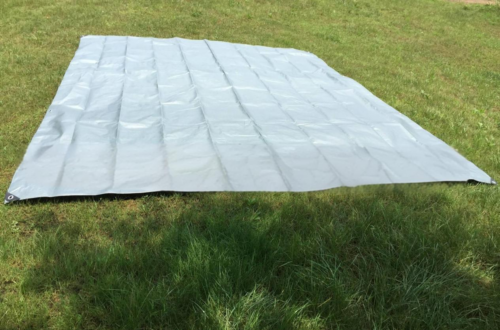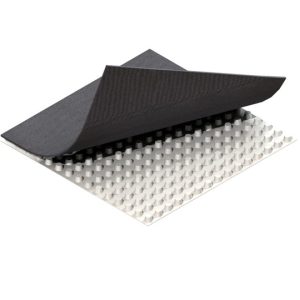The Ultimate Guide to Sanitary Pads Machine: How It Works and Why It Matters
The Ultimate Guide to Sanitary Pads Machine: How It Works and Why It Matters
Sanitary pads machines represent a cornerstone of feminine hygiene manufacturing, transforming raw materials into essential health products. These automated systems ensure consistent quality, accessibility, and affordability for women worldwide, making them vital in global healthcare infrastructure.
Core Manufacturing Process
Modern sanitary pads machine operations begin with wood pulp and superabsorbent polymers. Automated conveyors feed materials through precision cutting, shaping, and sealing stations. Ultrasonic bonding technology replaces chemical adhesives, enhancing product safety while maintaining high-speed production of 500-1000 units per minute.
Quality Control Systems
Integrated sensors continuously monitor thickness, absorption capacity, and sterility. Advanced vision systems detect microscopic defects, automatically rejecting substandard products. This ensures every sanitary pad meets international hygiene standards and provides reliable protection.
Key Benefits of Automated Production
Automation enables mass production of affordable feminine care products while maintaining strict hygiene protocols. These machines reduce human contact with raw materials, minimizing contamination risks and ensuring consistent product quality across all production batches.
Environmental Sustainability
Contemporary machines incorporate eco-friendly features like biodegradable material handling and energy-efficient drying systems. Many manufacturers now use recycled pulp and plant-based polymers, reducing environmental impact without compromising product performance.
Frequently Asked Questions
Production Capacity Specifications
Standard machines produce 400-1200 pads per minute depending on model and configuration. Industrial-grade systems can operate continuously for 72+ hours with minimal supervision, making them ideal for large-scale manufacturing facilities.
Maintenance Requirements
Automated sanitary pad manufacturing equipment requires quarterly professional servicing and daily operator checks. Modern systems feature self-diagnostic capabilities that predict maintenance needs, reducing unexpected downtime by up to 70%.
Industry Impact and Future Trends
The evolution of sanitary napkin manufacturing technology has democratized access to feminine hygiene products globally. Emerging innovations include AI-driven quality control and IoT-connected production monitoring, paving the way for smarter, more efficient manufacturing ecosystems.
Ready to explore sanitary pads machine solutions? Contact our engineering team today to discuss your production requirements and receive a customized equipment proposal.


